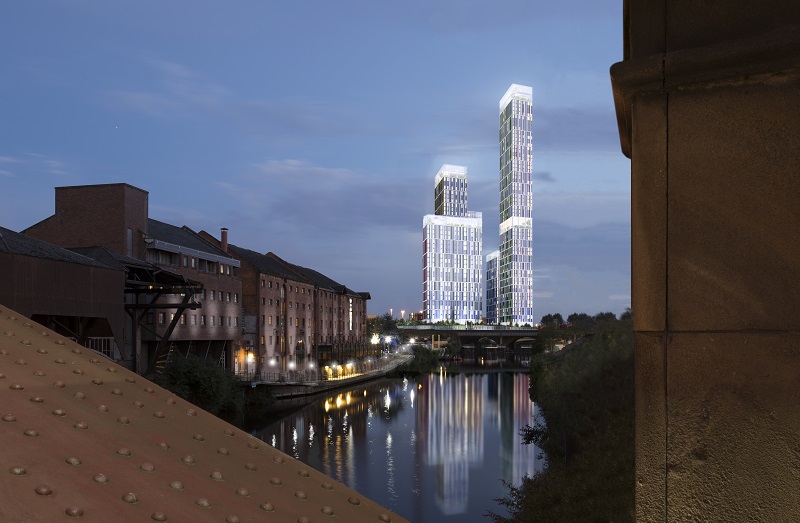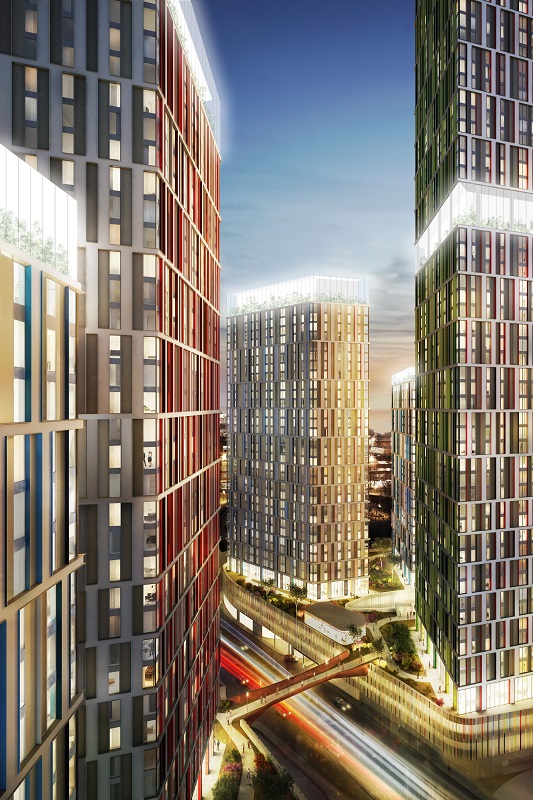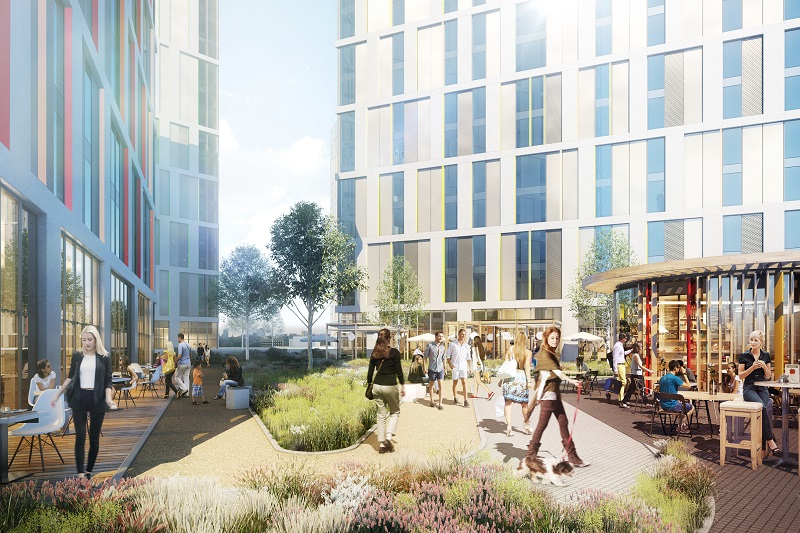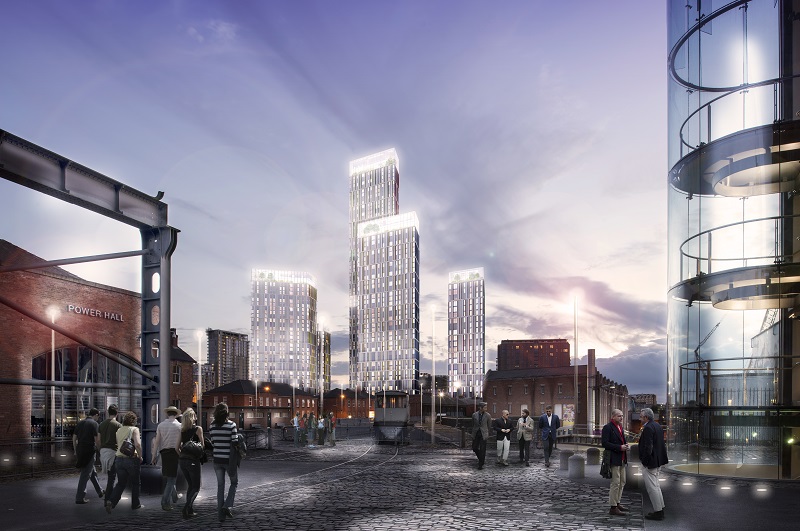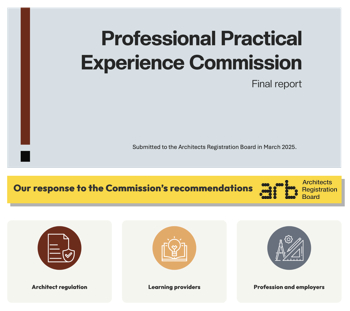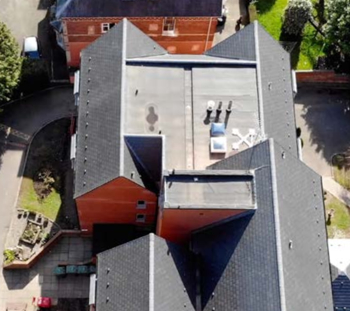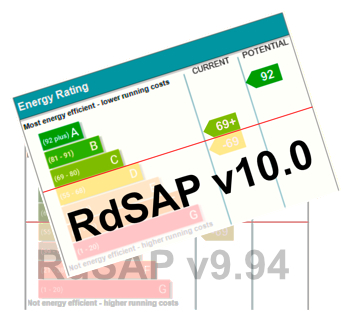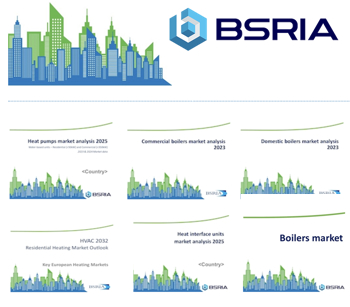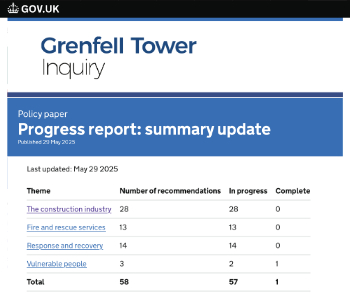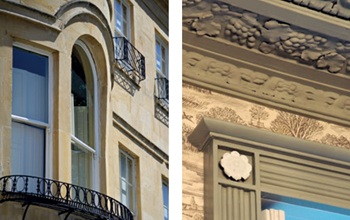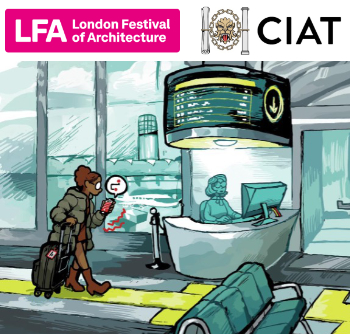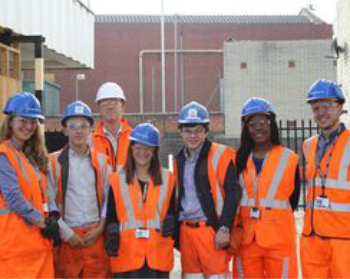Trinity Islands, Manchester
In July 2017, Trinity Islands, touted as ‘Manchester’s first vertical village’, received planning permission from Manchester City Council.
Due to be the tallest residential scheme in North West England, the project was designed by award-winning architects Child Graddon Lewis (CGL). The towers will be 213 m tall, overtaking Beetham Tower which is currently the city's second tallest building at 169 m.
The project is intended to form ‘distinctive riverside communities along the Irwell’; a mixed-use development consisting of 1,400 homes within five towers. Prospective residents will be offered the choice to buy or opt to join private residential communities (PRC).
The towers will include farmer’s markets, retail units and educational facilities forming the core of a city-centre 'village'. It will boast independent bars supporting locally-brewed craft beer, cafes, communities galleries and event spaces, as well as a new boat club with access to the Irwell.
The project seeks to emulate the recent success at Leeds Dock, which was also designed by CGL. However, it has not been without its critics. The plans have been condemned by the Victorian Society, which is concerned that the 'gargantuan scale of the towers…would conflict with the prevailing character and defining aspects of the area.'
James Sidlow, project director at Allied London, said; “Trinity Islands’ appeals to a wide variety of people with its excellent onsite amenity and community-lead retail offering, as well as its sky gardens and lounges that allow residents to relax and unwind. One of the tallest residential schemes in Western Europe, residents will enjoy some of Manchester’s most scenic views”.
Greg Jones, associate director at Child Graddon Lewis, said; “Since our initial appointment, it’s been a real privilege working on the design for Allied London’s visionary new scheme. The aim of Trinity Islands is to provide Manchester with the opportunity to create a world-class neighbourhood and a self-sustaining community of residents and workers. This is a project that goes beyond what’s required and not only creates housing, a well-known priority for the UK, but rather an environment that benefits local communities".
Allied London intend to start construction towards the end of 2017.
For more information, visit www.cgluk.com
Content and images courtesy CGL.
[edit] Related articles on Designing Buildings Wiki
Featured articles and news
SELECT three-point plan for action issued to MSPs
Call for Scottish regulation, green skills and recognition of electrotechnical industry as part of a manifesto for Scottish Parliamentary elections.
UCEM becomes the University of the Built Environment
Major milestone in its 106-year history, follows recent merger with London School of Architecture (LSE).
Professional practical experience for Architects in training
The long process to transform the nature of education and professional practical experience in the Architecture profession following recent reports.
A people-first approach to retrofit
Moving away from the destructive paradigm of fabric-first.
International Electrician Day, 10 June 2025
Celebrating the role of electrical engineers from André-Marie Amperè, today and for the future.
New guide for clients launched at Houses of Parliament
'There has never been a more important time for clients to step up and ...ask the right questions'
The impact of recycled slate tiles
Innovation across the decades.
EPC changes for existing buildings
Changes and their context as the new RdSAP methodology comes into use from 15 June.
Skills England publishes Sector skills needs assessments
Priority areas relating to the built environment highlighted and described in brief.
BSRIA HVAC Market Watch - May 2025 Edition
Heat Pump Market Outlook: Policy, Performance & Refrigerant Trends for 2025–2028.
Committing to EDI in construction with CIOB
Built Environment professional bodies deepen commitment to EDI with two new signatories: CIAT and CICES.
Government Grenfell progress report at a glance
Line by line recomendation overview, with links to more details.
An engaging and lively review of his professional life.
Sustainable heating for listed buildings
A problem that needs to be approached intelligently.
50th Golden anniversary ECA Edmundson apprentice award
Deadline for entries has been extended to Friday 27 June, so don't miss out!
CIAT at the London Festival of Architecture
Designing for Everyone: Breaking Barriers in Inclusive Architecture.
Mixed reactions to apprenticeship and skills reform 2025
A 'welcome shift' for some and a 'backwards step' for others.







